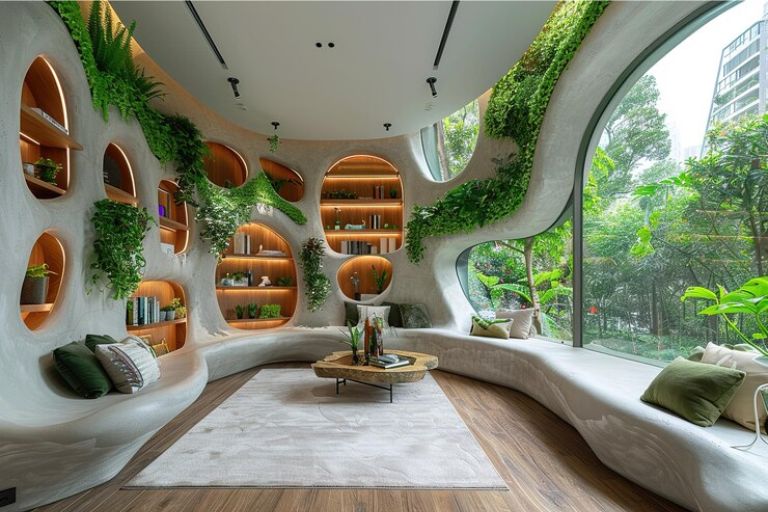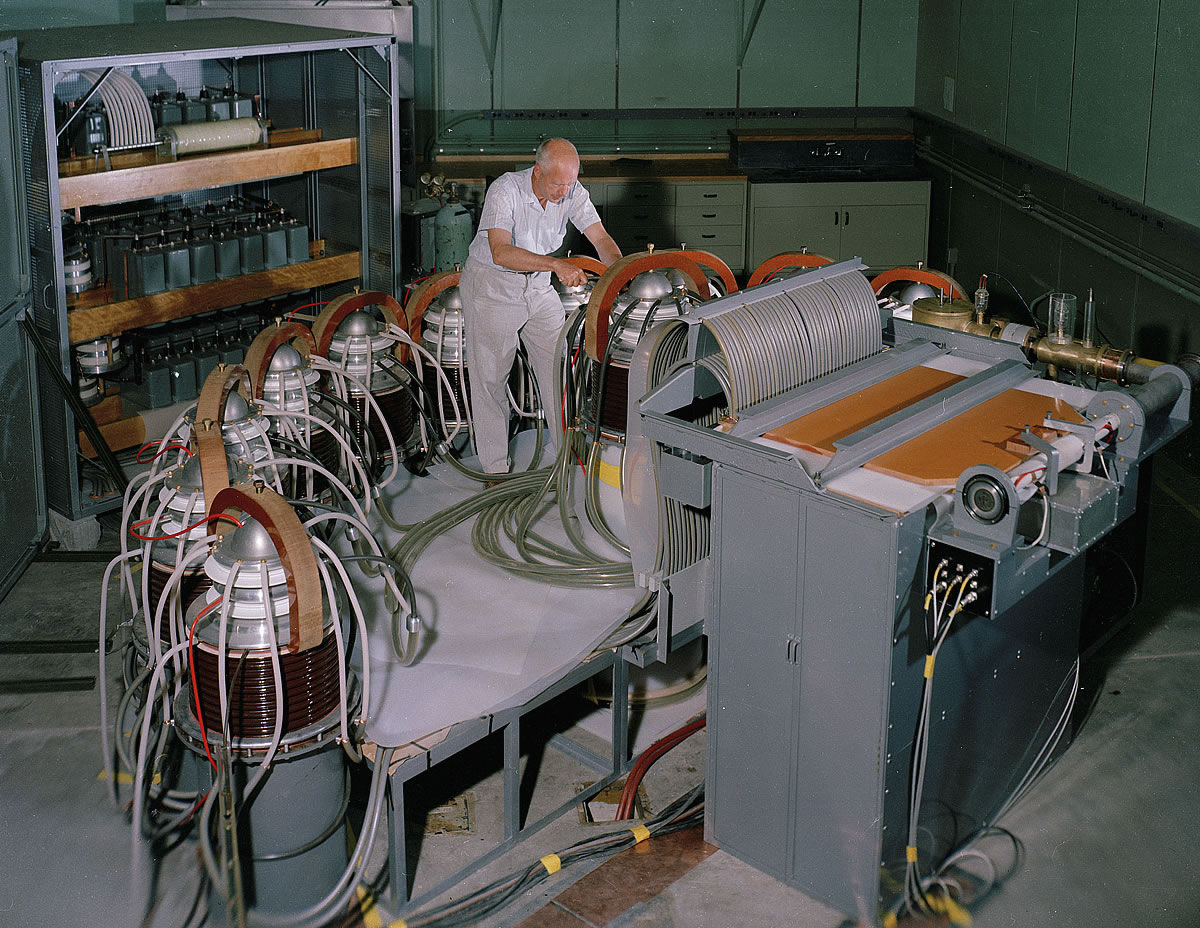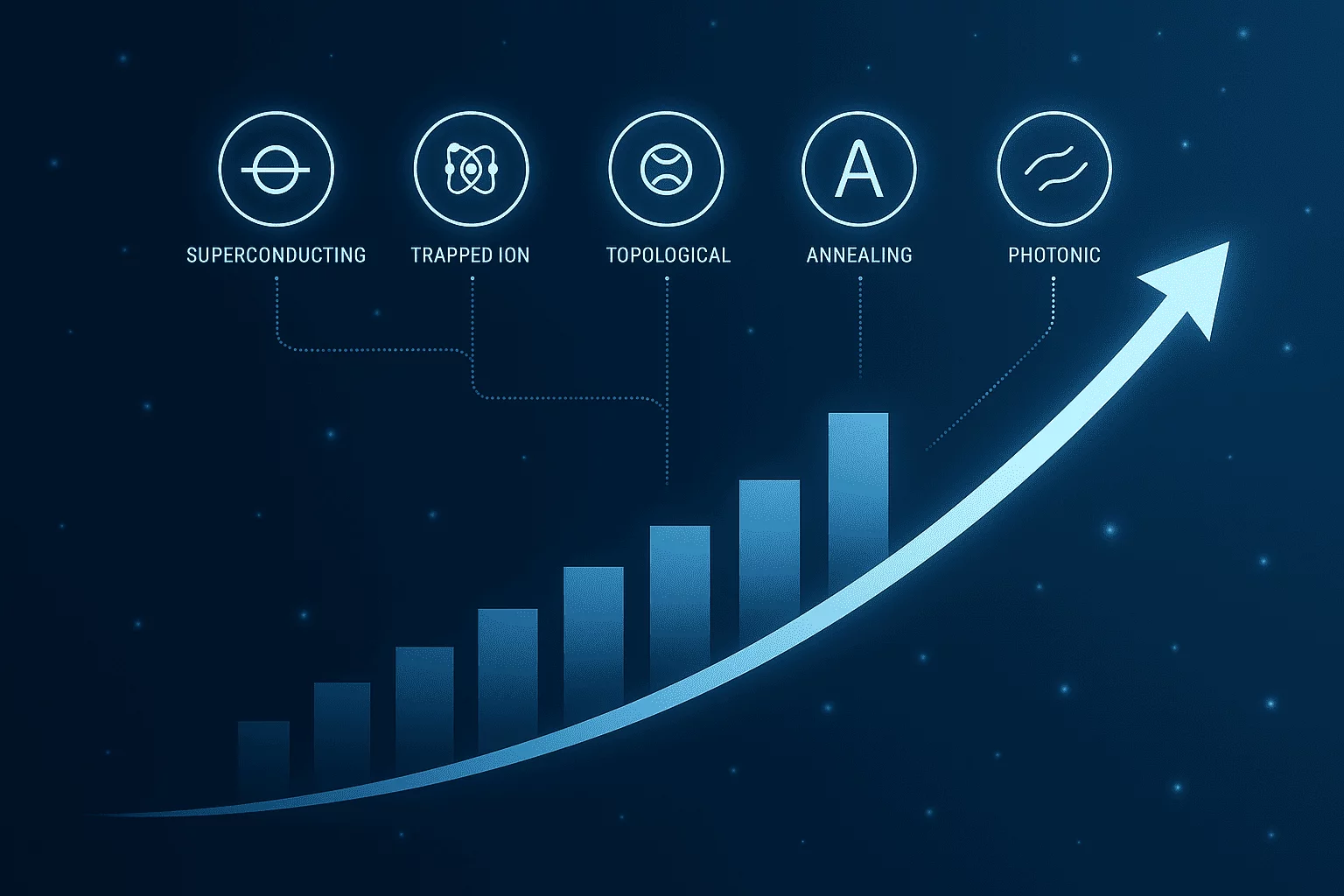Consumer behavior is constantly evolving, influenced by emotions, culture, technology, and global events. As we look toward Spring/Summer 2026 (SS2026), two major factors stand out—color and material trends. These elements go beyond aesthetics; they shape how people connect with products, make purchasing decisions, and even influence sustainability choices.
From fashion to interior design, automobiles to tech gadgets, brands are leveraging color psychology and innovative materials to attract modern consumers. Let’s explore how these trends are shaping the way people buy and what it means for businesses in 2026.
Why Colors Matter: The Psychology Behind SS2026 Consumer Trends Choices
Color isn’t just about personal preference; it’s a psychological trigger that influences emotions and perceptions. For SS2026, expect a shift toward hues that reflect optimism, balance, and a connection to nature.
1. The Rise of Digital Pastels
With the increasing influence of the metaverse and digital spaces, pastel tones with a futuristic twist are dominating. Think soft blues, dreamy lilacs, and airy peach hues—colors that blend seamlessly between real and virtual environments. These shades appeal to younger consumers who crave a harmonious, calming aesthetic in their surroundings.
2. Earthy Neutrals and Wellness Tones
As sustainability becomes a priority, colors that evoke nature and well-being are taking center stage. Warm terracottas, moss greens, and muted browns signal a return to organic living. These hues resonate with consumers looking for authenticity, mindfulness, and eco-consciousness in their purchasing decisions.
3. Vibrant Dopamine Colors
Bold, high-energy colors like electric pink, sunny yellow, and cobalt blue are making a statement. After years of uncertainty, consumers are leaning toward colors that bring joy, confidence, and self-expression. This trend reflects a post-pandemic resurgence of optimism, where fashion and product design are embracing feel-good shades.
Materials That Define the Future of Buying

While colors influence emotions, materials shape the physical experience of products. Consumers in SS2026 are seeking innovation, sustainability, and sensory-rich textures when making purchasing decisions.
1. Bio-Based and Regenerative Materials
Consumers are now demanding materials that regenerate rather than deplete. Innovations in bioplastics, mushroom leather, algae-based textiles, and hemp fibers are disrupting traditional industries. These materials are not only eco-friendly but also appeal to conscious buyers who want to reduce their environmental impact.
2. Recycled and Upcycled Textures
The fashion and home industries are increasingly embracing circular design. Consumers are showing greater interest in recycled fabrics, ocean plastic accessories, and upcycled furniture. Brands are responding by launching collections that highlight second-life materials, making sustainability a mainstream choice rather than a niche preference.
3. Tech-Infused Smart Fabrics
With advancements in wearable technology, SS2026 will see the rise of responsive materials—textiles that adapt to temperature, light, and movement. Self-cleaning fabrics, energy-harvesting clothing, and touch-sensitive surfaces will appeal to tech-savvy consumers who want functionality beyond aesthetics.
4. Tactile Comfort: The Softness Revolution
Material innovation isn’t just about sustainability and technology—it’s also about how a product feels. Consumers are gravitating toward plush, velvety, and organic textures that evoke warmth and comfort. Expect to see a rise in buttery-soft leathers, brushed cotton, and smooth silicone finishes across product categories.
The Influence of Color and Material Trends on Consumer Behavior

Brands that tap into color and material trends are seeing a shift in how consumers interact with their products. The following factors are shaping buying behavior in SS2026:
1. Emotional Connection Drives Purchases
Consumers are choosing products that align with their moods and aspirations. Calming neutrals, joyful brights, and grounding earthy tones are guiding how people feel about a product before they even touch it.
2. Sensory Experiences Matter More Than Ever
Shoppers are increasingly touching, feeling, and testing materials before making a purchase. Whether it’s the comfort of a cashmere sweater or the grain of a wooden table, materials that enhance sensory pleasure are becoming a competitive advantage for brands.
3. Sustainability Is No Longer Optional
Modern consumers are actively researching materials before buying. Products made from regenerative, biodegradable, or upcycled materials are gaining preference. Brands that fail to prioritize sustainability in both color palettes and material choices risk losing relevance.
4. Digital and Physical Worlds Are Merging
As virtual reality and augmented reality shopping experiences grow, brands are creating digital-first color palettes and material representations that appeal to online consumers. The way a product looks in a digital space is now just as important as its physical presence.
Stockholm Design Week 2025
The recent Stockholm Design Week provided a glimpse into the future of design trends. The “Special Effects” exhibition by Bukowskis and David Taylor showcased 25 exclusive objects made from aluminum, demonstrating how material choice can redefine product aesthetics and consumer appeal.

Additionally, the “ANDETAG” installation by Malin and Gustaf Tadaa utilized textiles woven with fiber optics, creating a breathing, glowing effect. This innovative use of materials captivated attendees, illustrating the potential of combining technology with traditional crafts to enhance consumer experiences.
Current Trends Shaping Consumer Behavior
Recent examples illustrate how color and material trends influence purchasing decisions:
- KitchenAid’s 2025 Color of the Year – “Butter”: This soft, creamy yellow hue taps into feelings of comfort and nostalgia, reflecting a trend towards warm, inviting colors in home appliances. The choice aligns with consumers’ desire for coziness and familiarity in their living spaces.

- Behr’s 2025 Color of the Year – “Rumors”: A deep crimson shade, “Rumors” brings warmth and vitality to interiors, indicating a shift towards rich, saturated hues in home decor. This trend appeals to consumers seeking to create dynamic and engaging environments.

What SS2026 Trends Means for Brands in 2026
Understanding color and material trends is no longer just about following aesthetics—it’s about understanding consumer psychology. Brands that successfully integrate these elements into their product design, marketing, and storytelling will build stronger emotional connections with their audience.
From luxury fashion houses to tech startups, every industry is being influenced by the demand for sustainable materials, sensory-rich experiences, and colors that spark emotion.
Reflecting on the previous season provides valuable insights into the effectiveness of aligning with color and material trends. In the SS2025 season, brands that embraced sustainable materials and earthy tones saw a notable increase in consumer engagement and sales. This underscores the importance of staying attuned to evolving consumer preferences.
Final Thoughts
One of the thought leaders in consumer psychology and trend forecasting, Mattias Knutsson, has emphasized the growing role of material storytelling and emotional color choices in modern branding. His research highlights that shoppers no longer just buy products—they buy experiences. The brands that leverage color psychology, sustainability, and innovation in materials will lead the way in SS2026 and beyond.
In an era where every purchase is a statement, colors and materials aren’t just design choices—they are the silent influencers shaping what people buy, why they buy it, and how they feel about their decisions.





